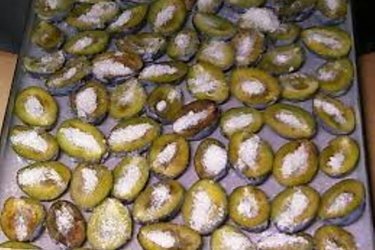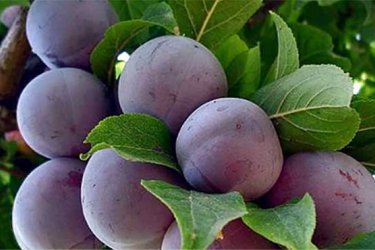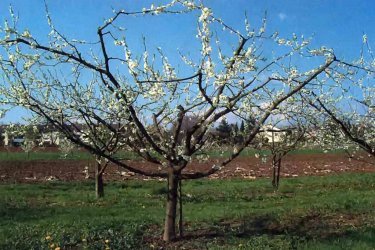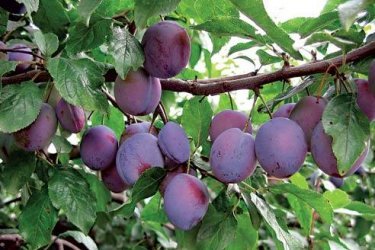Plum
Plum is a fairly popular fruit tree that can grow and bear fruit in areas with different climates and soils. You cannot find a wild plum in nature - all its varieties are the product of crossing thorns and cherry plums.
Attractive points:
- high plant productivity
- early onset of fruiting
- tasty and beneficial for the body, vitamin-rich harvest
To have this wonderful tree in your garden, all you need to do is study the recommendations on how to grow a plum tree in your dacha, choose a stronger seedling and plant it correctly on your site.
In the articles in this section you can easily find information about the most promising varieties of plums, their qualities and indicators of resistance to climatic conditions.
How to care for a young plum
But until the seedling turns into a real fruit-bearing tree, it will need special care.
We should not forget that it is recommended to plant young plants, especially in the middle zone, in the spring; autumn plantings often go into winter with a weak root system and therefore freeze out.
The soil around the seedling is well watered; it is recommended to mulch it with humus or peat to reduce moisture loss. But you should not apply fertilizer directly into the planting hole - this will lead to an active growth of deciduous mass, and in the worst case, it will cause burns to the roots.
It is not recommended to deepen the trunk too much when planting.
Plum trees will need serious fertilizing with minerals from the age of three. Read the articles in this section and know how to properly fertilize a plum tree at each stage of its life and when exactly is the best time to do it.
Growing plums - features of caring for an adult tree
A grown plum will also require your attention, periodically carried out care activities will be:
- in removing shoots that deplete the mother plant
- in thinning fruits, which will allow you to get a better harvest
- in strengthening branches with supports in case of abundant fruiting
- in formative and sanitary pruning, we will explain why the optimal time for it is spring
Plum care, how to deal with diseases and pests
Note that plum leaves are soft and tender, and the fruits are aromatic and tasty, so they are of interest to many harmful insects, in particular:
- aphids
- plum moth
- yellow sawflies
- leafrollers
Therefore, during the care process, you should definitely plan to spray. drain, including preventive ones. We will tell you which drugs are best to use against which pests.
We are sure that plum trees will certainly delight you with a sweet harvest.
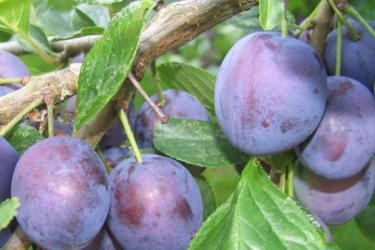
Read more

